
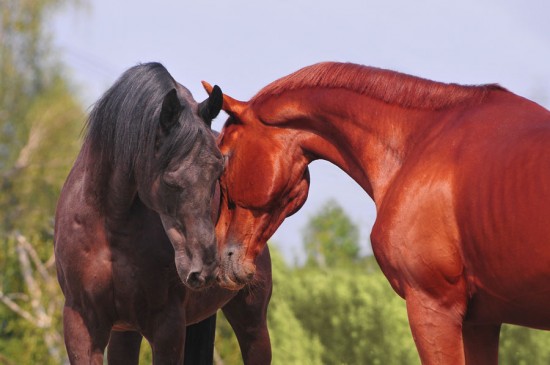
Being able to understand equine communication at a basic level is essential for effective training and management. A little knowledge of what your horse is trying to 'say' to you by means of a signal can go a long way towards making sense of his actions - which, let's face it, may seem a little bizarre to us vocabulary-rich humans at times!
Whilst many of our equine friends respond well to certain words such as 'go back', 'good boy' and 'stand', imagine how far the boundaries would stretch if we were able to 'speak' to them in their own language. Just as importantly, the ability to listen to your horse - and thus learn when you are doing something to confuse, frighten or upset him - can only be beneficial.
The best way of improving the lines of communication is by taking the time to watch how horses communicate with each other. By opening our minds to their language and adopting their methods, we create stronger bonds with our horses, and communication becomes far more effective. In turn, they will be more likely to carry out our wishes both under saddle and in-hand - after all, true harmony cannot be achieved without understanding.
This does not mean that you need to learn the art of neighing - far from it, in fact. Horses have a limited vocal repertoire, relying mainly on body language to transmit their messages. This makes sense when taking into account the conditions that have to be faced in the wild. For flight animals, the ability to communicate silently is paramount for survival - who in their right mind would shout to their mate across an open plain when there could be a pack of hungry lions nearby, just waiting to be alerted to the herd's exact positioning? As open-dwelling animals, horses have evolved to use visible signs as a means of communication; with herd members rarely out of each other's sight, the need for vocals is minimal.
Therefore, the equine vocal repertoire is mostly limited to the whinny, blow, squeal and nicker. As horses do not speak a language that contains vocabulary, each of these noises is best thought of in terms of intended achievement rather than literal meaning. The 'nicker', for example is a low-pitched, gentle rumbling sound that is emitted in several different situations, which include: a mare greeting her foal; a stallion wishing to 'woo' a mare; and a domestic horse welcoming his owner's appearance (most usually when food is involved!) It can, therefore, be associated with submission and friendliness. The 'blow' is louder than the nicker, and is the sound produced by a horse forcing a rapid torrent of air out of his nose. It is usually heard in situations of interest or alarm, and is accompanied by a physical expression of either curiosity or fear. Louder than the blow is the 'squeal', which is a high-pitched sound that is most commonly heard when horses are first introduced to each other. Suggestive of a mixture of aggression and fear (and therefore perhaps a defensive aggression), the squeal can be associated with a desire to determine social ranking. The 'whinny' is also a loud noise, and one which is most often heard when a companion departs. Accordingly, this is a long distance signal used to maintain contact when herd members are out of visual range.
Anyone that has spent time watching horses grazing together will have noticed that this is a mainly silent affair rather than a constant chorus of nickers and squeals. This does not mean that members of a herd ignore each other all day long; communication is taking place almost constantly through a sequence of facial expressions and body movements.
Easily recognisable to the horse owner is the dozing stance - a droopy lower lip, floppy ears, lowered tail, resting hind leg, and lowered neck are a familiar sight. However, this stance will also transmit a message to other horses nearby - such levels of relaxation show that there is no cause for alarm...at the moment!
Should a strange noise suddenly break through the silence, however, this posture would change dramatically. Flared nostrils, tense muscles, an erect head, neck and tail, coupled with ears back and eyes open wide (exposing the whites in some cases) would express fear, which in turn would prepare the whole herd for flight. In situations such as these, the level of danger would determine what happens next. If the fear is too great, the lead horse will run with her body lowered and her tail clamped, and this will be enough to inform her companions to follow suit. If the cause of the noise is located, and then deemed unusual rather than life-threatening, an expression of 'interest' will take over : with raised tails, pricked ears, wide eyes, and a high head carriage, the horses will take flight for a short distance in an elevated trot, before stopping to turn towards the object of interest. Now the 'exploring' face will emerge: the head will be stretched forwards with the nose pointing in the direction of the offending object; the ears will remain pricked and the facial muscles tense; and it is likely that the blowing sound will be emitted.
Interestingly, the 'threatening' face is similar to that which expresses fear, only the nostrils are narrowed rather than wide, the muzzle is drawn back, and the ears are flattened down further into the neck. Accompanying body movements include the head toss, the swinging of the hindquarters, or a full-on, frontal attack with teeth bared (a movement that is most easy to interpret - even for humans!)
Submission, on the other hand, is signalled by a lowered body position that will make the horse appear smaller. He will point an ear towards the more dominant animal, cast his eyes downwards, and sometimes lick or chew (an action particularly noticeable in younger horses).
So how do these methods of communication apply to our own relationships with horses? The answer is simply down to the art of body language. Just a basic understanding of the common expressions outlined here can improve your day-to-day relations. For example, if you wish your horse to relax, then, as his leader, you should adopt a relaxed, non-aggressive stance yourself: lower your posture, allow your shoulders to sag, and cast your eyes downward. Allowing your bottom lip to droop may be taking things a little too far - but only if people are watching!
Whilst in the saddle remember that your horse is communicating with you through his body. A swishing tail can be a sign of tension - relaxation is signalled by a tail that gently swings. Flattened ears would suggest discomfort or pain, whilst one ear pointing in your direction is a sign of submission and attentiveness.
For those who take the time to gain an in-depth knowledge of equine communication, harmony between horse and rider will be much simpler to achieve, and the scales of training easier to accomplish.
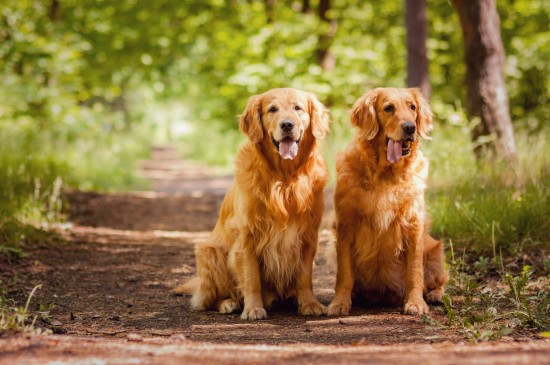 How The Behaviour Of An Un-neutered Male Dog Differs From That Of A Neutered Dog
How The Behaviour Of An Un-neutered Male Dog Differs From That Of A Neutered Dog
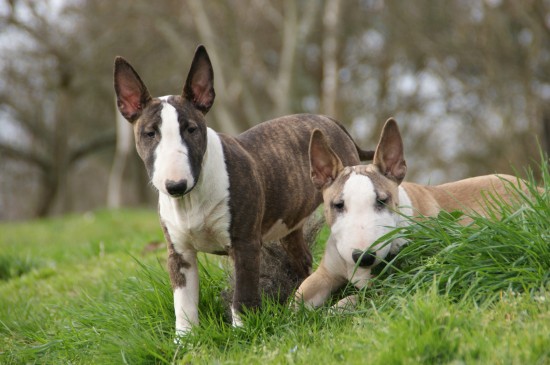 Vulnerable Uk Native Dog Breeds - The Terrier Group
Vulnerable Uk Native Dog Breeds - The Terrier Group
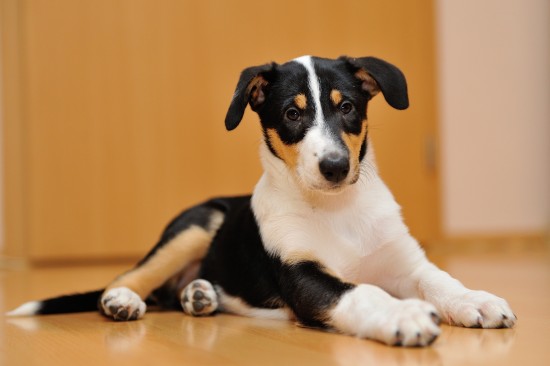 Vulnerable Uk Native Dog Breeds - Pastoral, Toy And Working Groups
Vulnerable Uk Native Dog Breeds - Pastoral, Toy And Working Groups
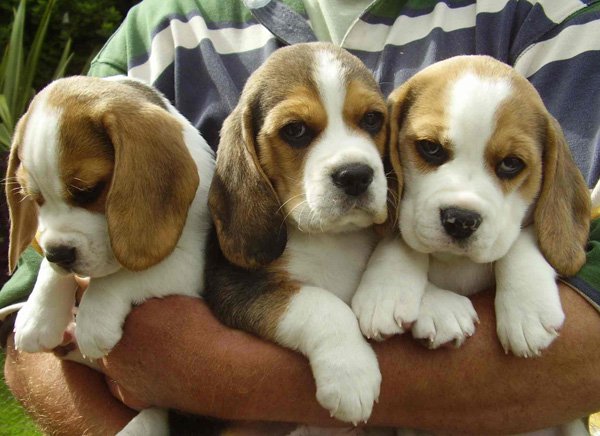 Using Pet Products to Feed Your Pet
Using Pet Products to Feed Your Pet
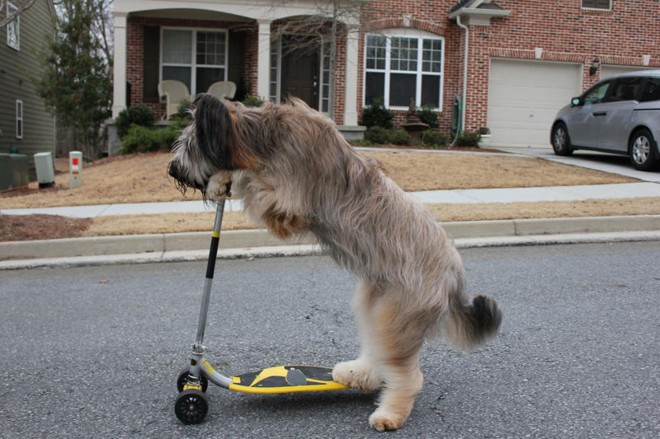 Ten Great Dogs That Are Guinness World Record Holders!
Ten Great Dogs That Are Guinness World Record Holders!
 Why You Should Never Give Pets As Presents
Why You Should Never Give Pets As Presents
 Puppy Chewing - Do’s And Don’ts For Managing Things
Puppy Chewing - D
Puppy Chewing - Do’s And Don’ts For Managing Things
Puppy Chewing - D
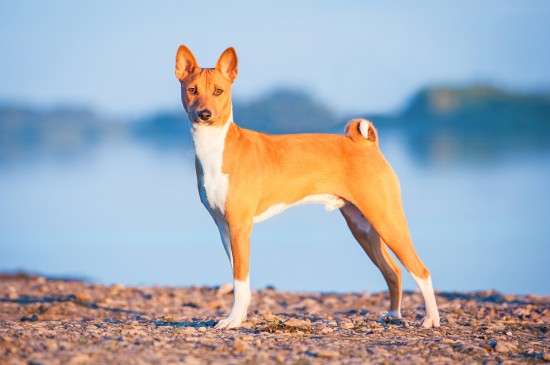 How To Proceed If Your Pedigree Dog Is Diagnosed With A Hereditary Health Condition
How To Proceed If
How To Proceed If Your Pedigree Dog Is Diagnosed With A Hereditary Health Condition
How To Proceed If
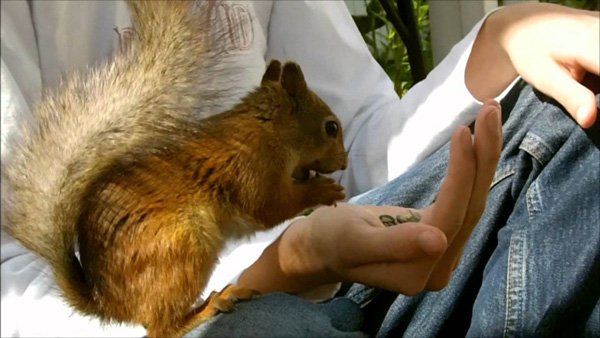 Looking for Custom Leather Dog Collars
Looking for Custom Leather Dog Collars
Are you
Looking for Custom Leather Dog Collars
Looking for Custom Leather Dog Collars
Are you
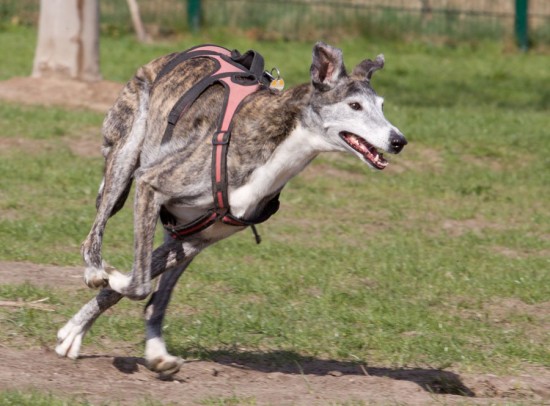 Retired Racing Greyhounds As Pets
Retired Racing Gr
Retired Racing Greyhounds As Pets
Retired Racing Gr
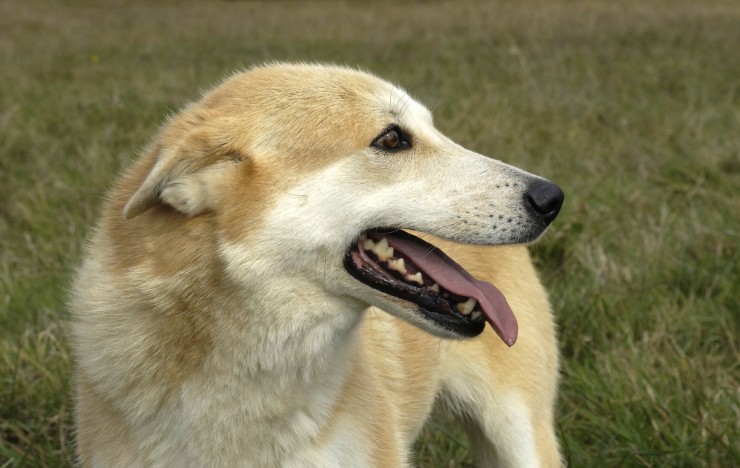 What Is A Canaan Dog?
What Is A Canaan
What Is A Canaan Dog?
What Is A Canaan
Copyright © 2005-2016 Pet Information All Rights Reserved
Contact us: www162date@outlook.com